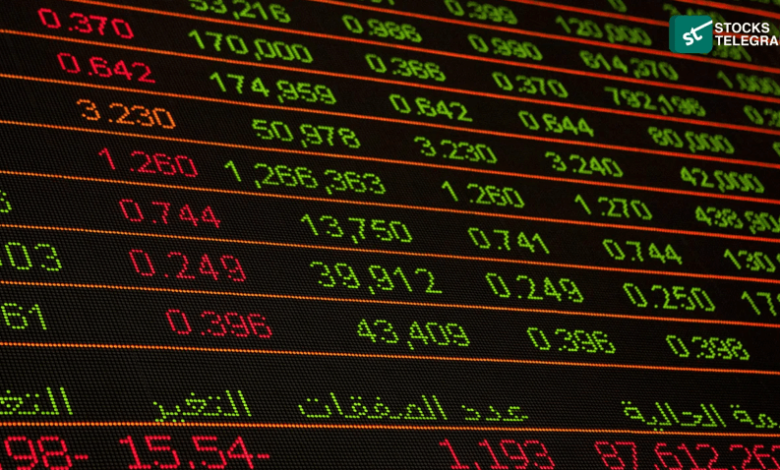Understand the Role of Macroeconomic Events in After-Hours Trading

In the modern digital age, the financial markets operate beyond the traditional 9-to-5 schedule. This extended trading range is known as after hours trading.
The after-hours stock movers present a unique opportunity for investors to respond promptly to significant events and news. In this comprehensive guide, we’ll explore the intricacies of after hours stock movers and its correlation with macroeconomic events.
What is After-Hours Trading?
After-hours trading refers to the trading activity that occurs outside the standard trading hours of a stock exchange.
Previously, stocks after-hours trading was a privileged realm of institutional investors and wealthy individuals. However, technological advancements have democratized access, allowing the average investor to participate actively in these extended trading sessions.
How Does After-Hours Trading Work?
After hours movers functions differently from conventional trading on exchanges. In this scenario, instead of placing orders on the exchange, orders are directed to an electronic communication network (ECN).
This network presents certain limitations and risks compared to standard trading on exchanges like the Nasdaq or the New York Stock Exchange.
Order Placement
Investors can only utilize limit orders to buy or sell shares during after-hours trading. The ECN matches orders based on these limit prices.
Furthermore, after-hours orders apply only to the particular session, necessitating a new order for the next trading day if the investor remains interested in the stock.
To execute an after-hours trade, investors log into their brokerage account, select their desired stock, and place a limit order. Some brokers may impose additional fees for after-hours trading, while others may not.
After-Hours Trading Example
Let’s assume a significant news release about a company (e.g., Apple) occurs after the market closes.
The initial market reaction to the news might be negative. However, you believe the market is overreacting and maintain a positive outlook on Apple’s long-term prospects.
You log into your brokerage account and place a limit order to purchase 100 Apple shares at $180 each.
The broker then sends that order to its ECN, where it seeks a matching sell order for at least 100 Apple shares at $180 or less. If your order is successfully matched, the trade is executed, and the settlement times remain the same as during regular sessions.
The Influence of Macroeconomic Events
Macroeconomic events and news play a significant role in shaping the performance of after-hours stock movers.
The ability to react promptly to company earnings releases and other significant news that usually occur before or after standard trading hours is a substantial advantage provided by after-hours trading.
Risks Associated with After-Hours Trading
While after-hours trading presents potential opportunities, it is essential to acknowledge the associated risks, which include:
- Pricing Risk: You only have access to one ECN through your broker, limiting your price discovery to a single network.
- Liquidity Risk: The participant pool in after-hours sessions is smaller, resulting in limited liquidity for most stocks and wider bid-ask spreads.
- Volatility: Stocks can experience wild price swings in the after-hours session, especially when significant news is released.
The Role of Earnings Season
Earnings season unfolds as a time when most companies unveil their quarterly financial reports.
Typically commencing around a week and a half after the quarter concludes, it extends until the month’s end. Throughout this span, the market may experience a daily reporting of approximately 100 companies.Top of Form
Bottom of Form
Earnings Per Share (EPS), a crucial measure for investors, indicates the amount of profit attributable to each share, determining the underlying value of a stock. Wall Street analysts produce estimates for both revenue and EPS for major companies.
If the actual results exceed (or beat) the average of these estimates, the stock price might rise, and vice versa.
Conclusion
Fundamentally, engaging in trading activities beyond regular market hours enables investors to promptly react to earnings disclosures and other developments outside the typical trading periods.
Nevertheless, it is imperative to grasp the potential risks involved and acknowledge the influence of broader economic factors on the outcomes of stocks involved in after-hours trading. Prior to delving into this facet of trading, diligent research is always advisable.
Frequently Asked Questions
1. Can anyone participate in after-hours trading? Most people have access to after-hours trading these days. The only requirement is a broker that supports it.
2. What causes a stock to spike after hours? A stock may experience a significant price movement after hours if there’s significant news affecting how the market values the stock. Most significant after-hours stock price movements result from a company releasing its quarterly earnings results.





